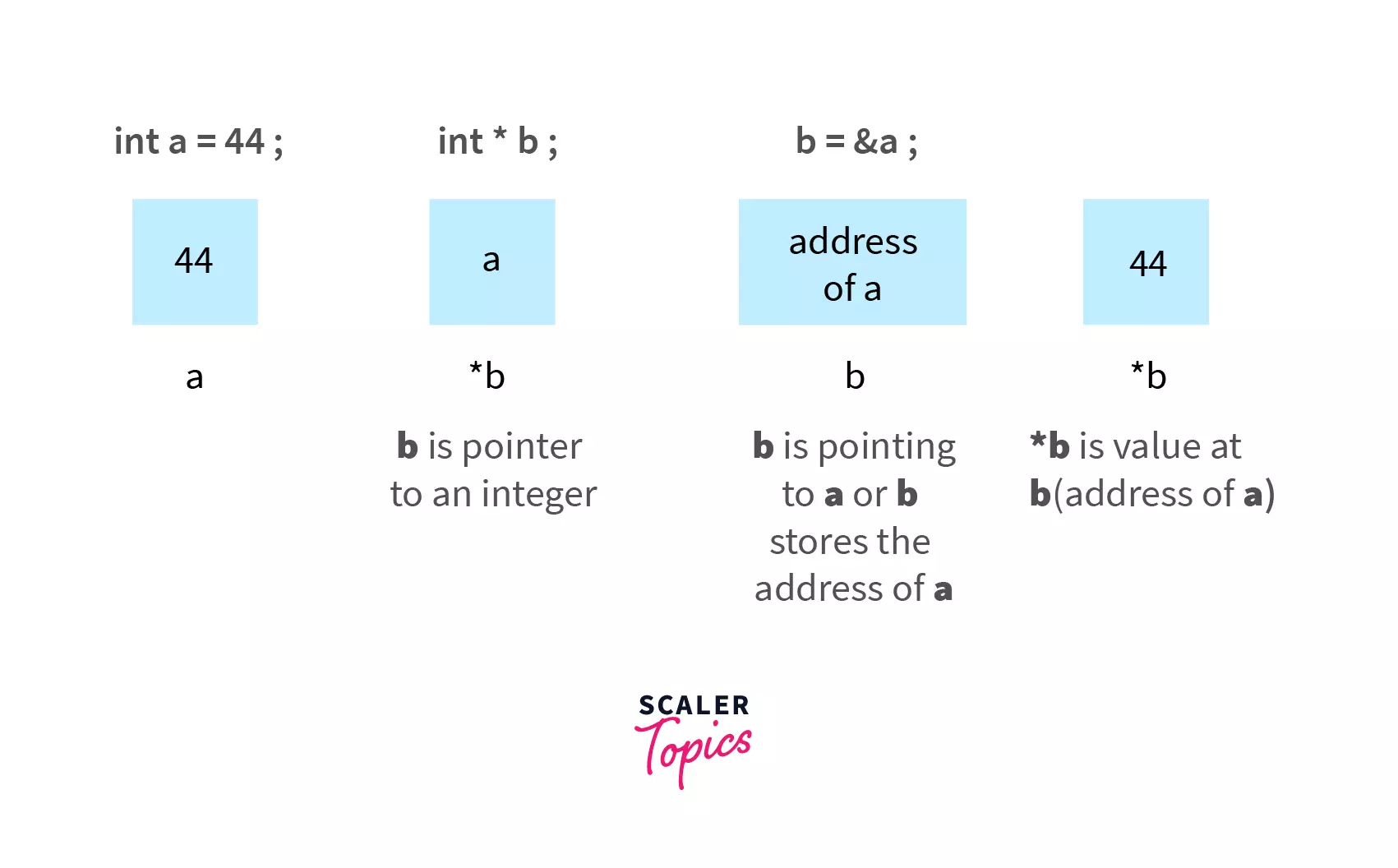C++ Pointers to Structure
A pointer variable can be created not only for native types like (int, float, double etc.) but they can also be created for user defined types like structure.
If you do not know what pointers are, visit C++ pointers.
Here is how you can create pointer for structures:
#include <iostream>
using namespace std;
struct temp {
int i;
float f;
};
int main() {
temp *ptr;
return 0;
}This program creates a pointer ptr of type structure temp.
Example: Pointers to Structure
#include <iostream>
using namespace std;
struct Distance {
int feet;
float inch;
};
int main() {
Distance *ptr, d;
ptr = &d;
cout << "Enter feet: ";
cin >> (*ptr).feet;
cout << "Enter inch: ";
cin >> (*ptr).inch;
cout << "Displaying information." << endl;
cout << "Distance = " << (*ptr).feet << " feet " << (*ptr).inch << " inches";
return 0;
}Output
Enter feet: 4 Enter inch: 3.5 Displaying information. Distance = 4 feet 3.5 inches
In this program, a pointer variable ptr and normal variable d of type structure Distance is defined.
The address of variable d is stored to pointer variable, that is, ptr is pointing to variable d. Then, the member function of variable d is accessed using pointer.
Notes:
- Since pointer ptr is pointing to variable d in this program,
(*ptr).inchandd.inchare equivalent. Similarly,(*ptr).feetandd.feetare equivalent. - However, if we are using pointers, it is far more preferable to access struct members using the
->operator, since the.operator has a higher precedence than the*operator.
Hence, we enclose*ptrin brackets when using(*ptr).inch. Because of this, it is easier to make mistakes if both operators are used together in a single code.
ptr->feet is same as (*ptr).feet ptr->inch is same as (*ptr).inc

0 comments:
Post a Comment